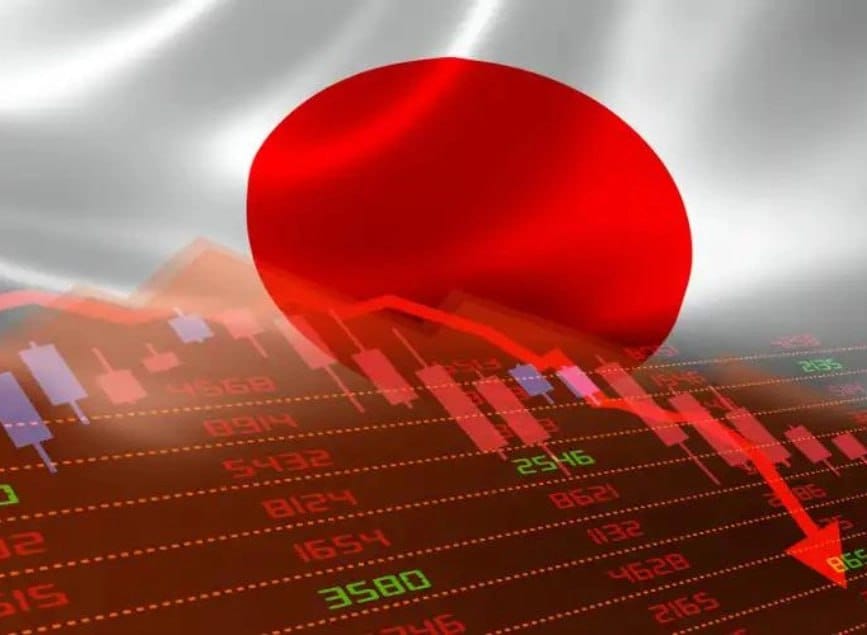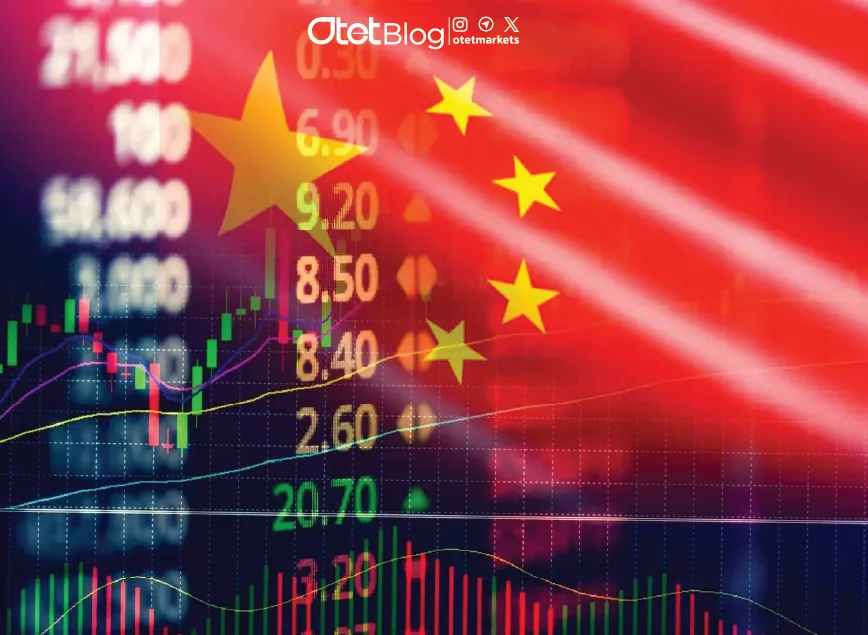
Japan Unemployment Rate
In September 2024, Japan’s unemployment rate fell to 2.4%, marking a significant improvement from August’s reading of 2.5% and beating market expectations. This decrease highlights the resilience of Japan’s labor market, as the unemployment rate has now reached its lowest point since January. Despite broader economic uncertainties, these figures reflect ongoing adjustments within the labor landscape as businesses navigate challenges while aiming for stability.
Drop in Employment and Unemployment
The notable decline in the unemployment rate is attributed to a decrease in the number of unemployed individuals, which dropped by 40,000 to reach a total of 1.68 million—the lowest level in 20 months. This shift indicates a potential stabilization in the job market as fewer people are actively seeking employment. However, it is important to note that the overall employment figures also experienced a downturn, with a reduction of 90,000 workers, bringing the total employed population to 67.82 million. This dual trend raises questions about the nature of employment opportunities available and whether these numbers reflect a temporary adjustment or a more prolonged shift in the job market.
Labor Force Participation and Workforce Shifts
September also saw a contraction in Japan’s labor force, which decreased by 120,000 to 69.49 million. In contrast, the number of individuals detaching from the labor force increased by 160,000, resulting in a total of 40.37 million people no longer participating in the workforce. This trend suggests that while some workers are finding jobs, others are opting out of the labor market altogether. On a positive note, the labor force participation rate increased to 63.5%, up from 63.3% a year earlier. This slight rise indicates a growing interest in workforce participation, despite the overall drop in the labor force.
Jobs-to-Applications Ratio Slightly Increases
Another important metric to consider is the jobs-to-applications ratio, which provides insights into labor demand. In September, this ratio increased to 1.24, slightly above forecasts and the previous month’s figure of 1.23. A higher jobs-to-applications ratio signals stronger demand for workers, particularly in certain sectors, suggesting that while overall employment numbers may have fallen, specific industries are still actively seeking talent. This situation reflects a selective labor shortage that can create opportunities for job seekers in areas with high demand.
Conclusion
Overall, the latest employment statistics from Japan present a complex picture of the labor market. While the declining unemployment rate and increasing participation rate are encouraging signs, the simultaneous drop in both employment and the labor force indicates ongoing adjustments. As Japan navigates these changes, monitoring the dynamics within the job market will be crucial for understanding the implications for economic growth and workforce development in the months ahead.
Share
Hot topics

Federal Reserve’s Challenges to Trump’s New Policies
As the Federal Reserve Open Market Committee (FOMC) prepares for its upcoming meeting, all eyes are on how the Fed will respond to Donald Trump’s latest economic policies. With the...
Read more




Submit comment
Your email address will not be published. Required fields are marked *